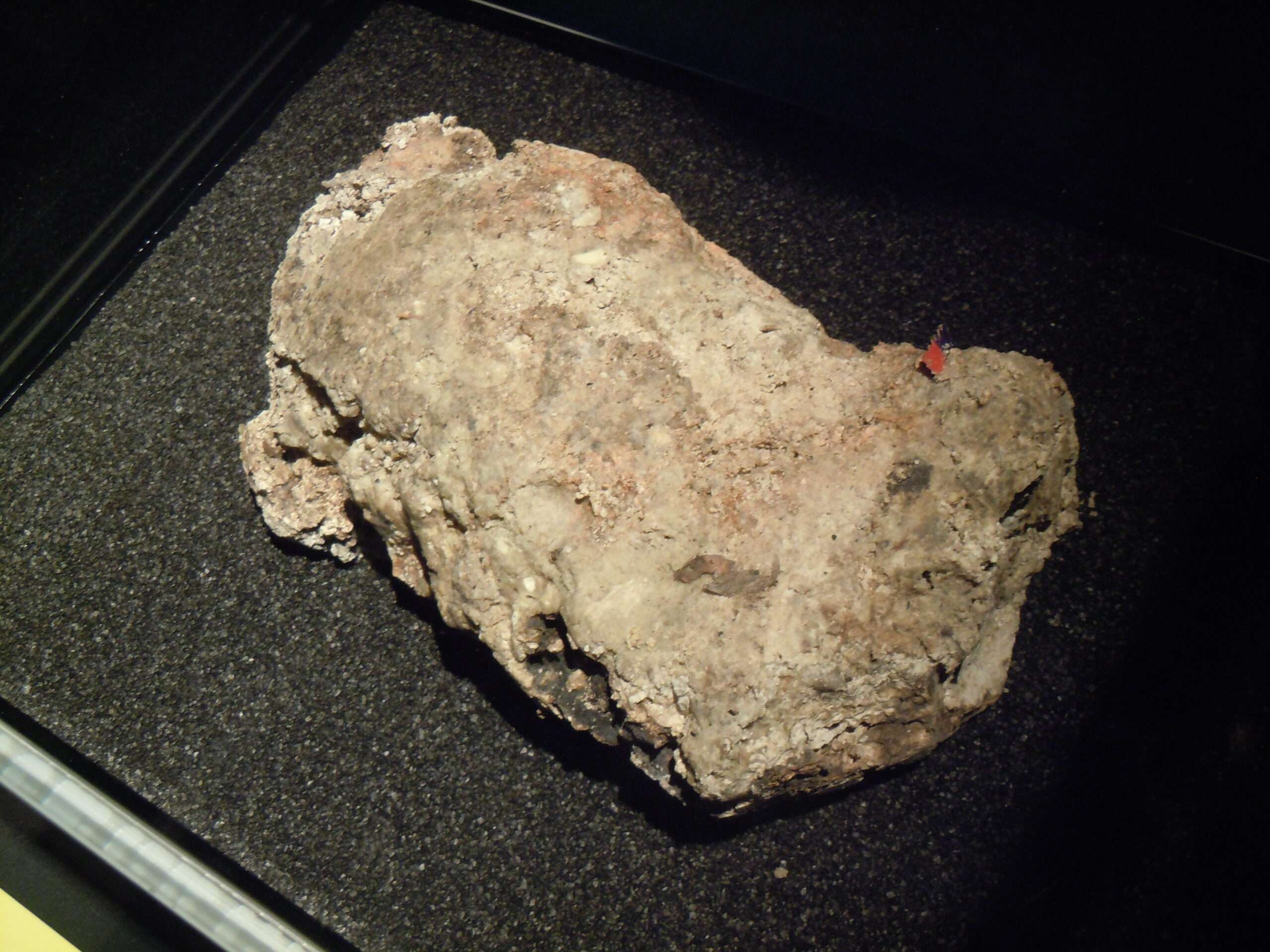You’re probably aware of the gruesome and alarming fatbergs that have plagued sewer systems across the UK for years. These are not just a nuisance for the sanitation workers, but a potential hazard for the public, and a grave threat to the environment…

via. https://en.wikipedia.org/wiki/Fatberg
But what causes a fatberg? In this article, we’ll take a look at the science behind fatbergs and how they form, how fatbergs can lead to a serious drain blockage, how they can be prevented, and more.
What is a Fatberg?
A fatberg is a mammoth build-up of non-biodegradable waste, including fats, oils, grease, and wet wipes that have been improperly disposed of down the drain or toilet. These unsightly and toxic accumulations can grow to several tonnes in weight, and their formation is accelerated by the build-up of trapped debris, leading to a blocked drain or larger sewer system.
The result is a colossal chunk of grime that blocks your pipes and causes wastewater to overflow, creating a breeding ground for harmful bacteria and diseases.
What are Fatbergs made of?
As mentioned, fatbergs are a congealed mass of waste that is typically made up of fats, oils, and greases (FOGs) that have been improperly disposed of down the drain or toilet. These substances can come from a variety of sources, such as cooking oils, dairy products, and fatty meats. Combined with other non-biodegradable items like wet wipes, sanitary products, and even toys, they stick to sewer pipes when flushed.
In addition to FOGs, fatbergs can contain a wide range of other materials, including plastics, paper, cloth, and other disposable items. These materials can exacerbate the issue by trapping even more waste and contributing to the fatberg’s growth.
To prevent the formation of fatbergs, it is crucial to properly dispose of all waste and avoid flushing any non-biodegradable materials. This includes using a bin for sanitary products, wet wipes, and other plastics, and disposing of cooking oils and fats in the bin or recycling facility.
How to Dissolve a Fatberg
Fatbergs are a major problem for sewer systems, causing blockages and overflow of wastewater that can have significant environmental and health impacts. Removing fatbergs can be a challenging and costly process, requiring specialist equipment like CCTV Drain Surveys, and other methodology.
One common method for dissolving fatbergs is the use of high-pressure water jets, which can break up the fatberg and wash it away. This method is effective for smaller fatbergs but may not be sufficient for larger ones, which can be too solid and stubborn to break apart with water jets alone.
Another approach is to use chemical agents to dissolve fatbergs. One such chemical is sodium hydroxide, which is a strong alkaline substance that can break down fats and oils. However, the use of sodium hydroxide can be dangerous and requires careful handling and disposal, so it’s best to call up a reputable drainage company like ours at Totally Blocked LTD LTD to deal with an issue in this manner.
Infamous Fatbergs in the UK
The UK has seen some particularly infamous fatbergs over the years, which have gained national and international attention due to their sheer size and the disruption they have caused.
One of the largest fatbergs in the UK was discovered in London’s sewer system in 2017, measuring over 250 meters in length and weighing around 130 tonnes. Labelled a “total monster” by The Guardian, it took workers over a week to remove the fatberg.
Another notable fatberg was discovered in the seaside town of Sidmouth, Devon, in 2019. Sidmouth is known for its ageing population and this fact was reflected in the items found in the giant fatberg. Among the debris were tampons, incontinence pads and even a set of false teeth. It took almost eight weeks for the 210ft fatberg to be removed and since then, scientists have been sifting through its contents.
In late 2020, Birmingham-based residents were living with traffic misery for months, as a giant fatberg was discovered blocking the city’s sewer pipes. This colossal mass, measuring 1,000 metres long caused major disruption to the city’s road network and sewer system. After 500 hours of water blasting and months of roadworks, the fatberg has now been successfully broken up.
Final Thoughts
Well, there you have it – the scoop on fatbergs! They may seem like minor and intangible obstacles, however they can have serious consequences for our environment and health. So next time you’re tempted to pour cooking oil down the sink or flush a wet wipe down the toilet, remember that you could contribute to fatberg development. Let’s all do our part to properly dispose of our waste and keep our sewer systems in the UK running smoothly.